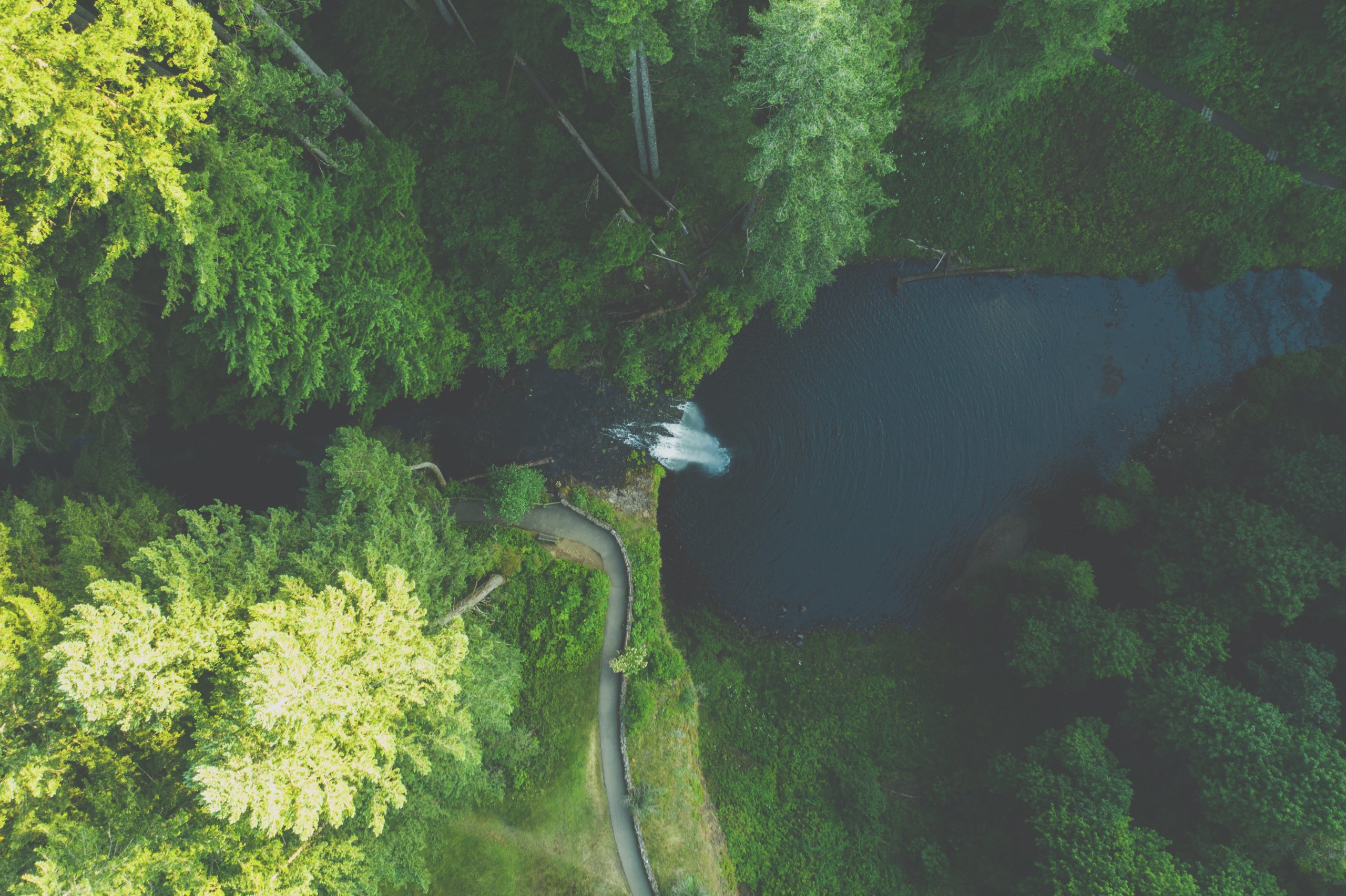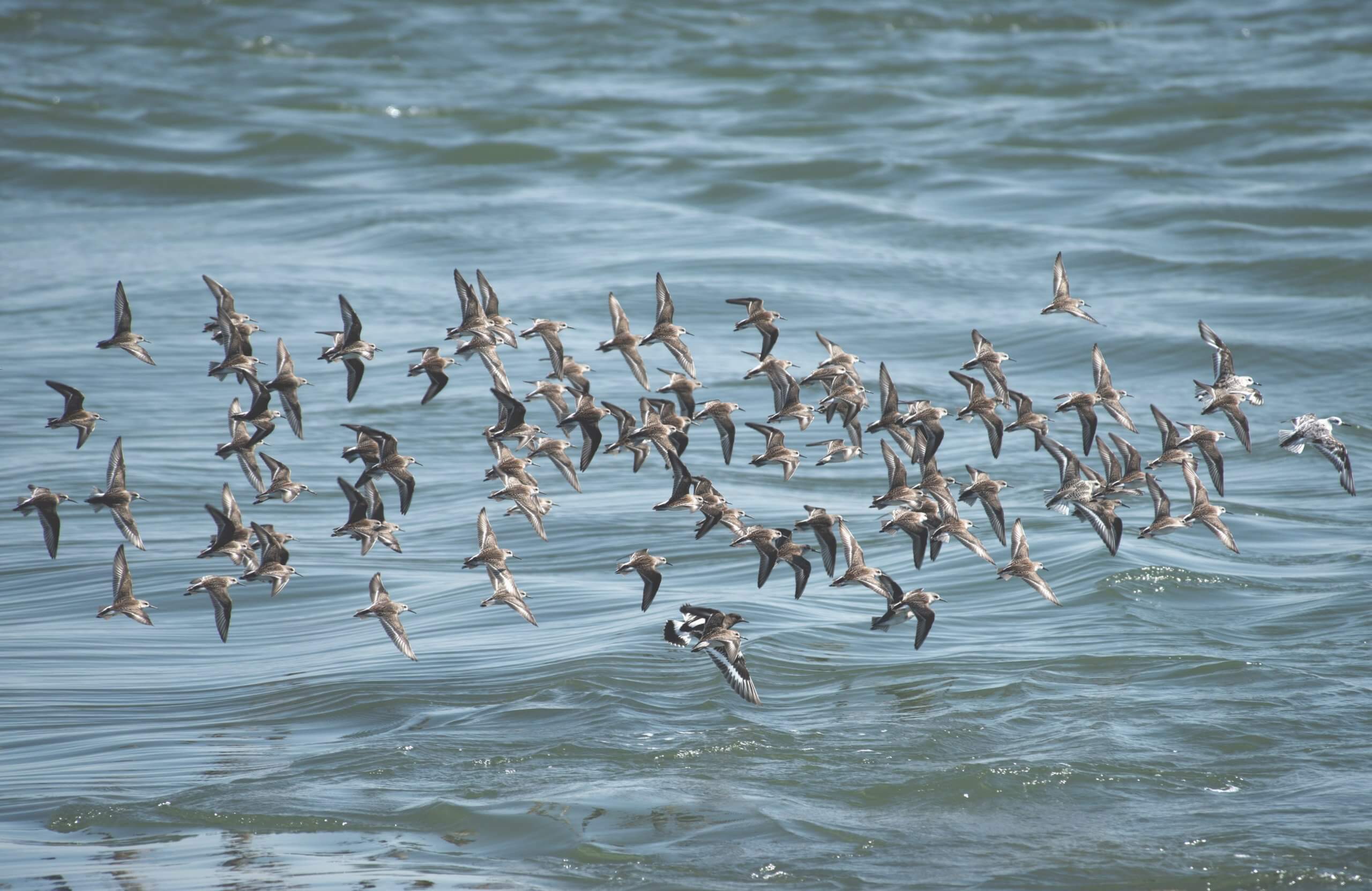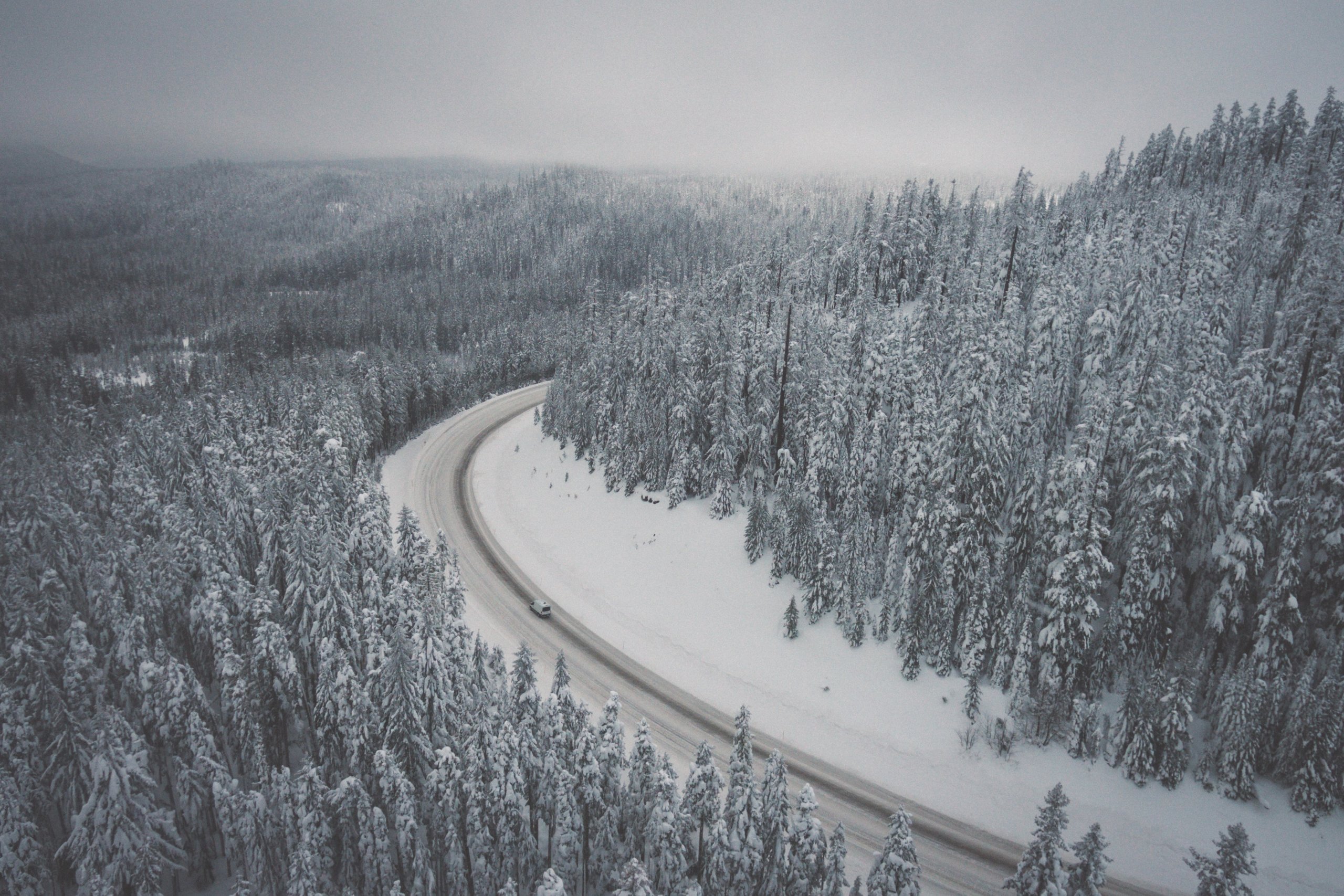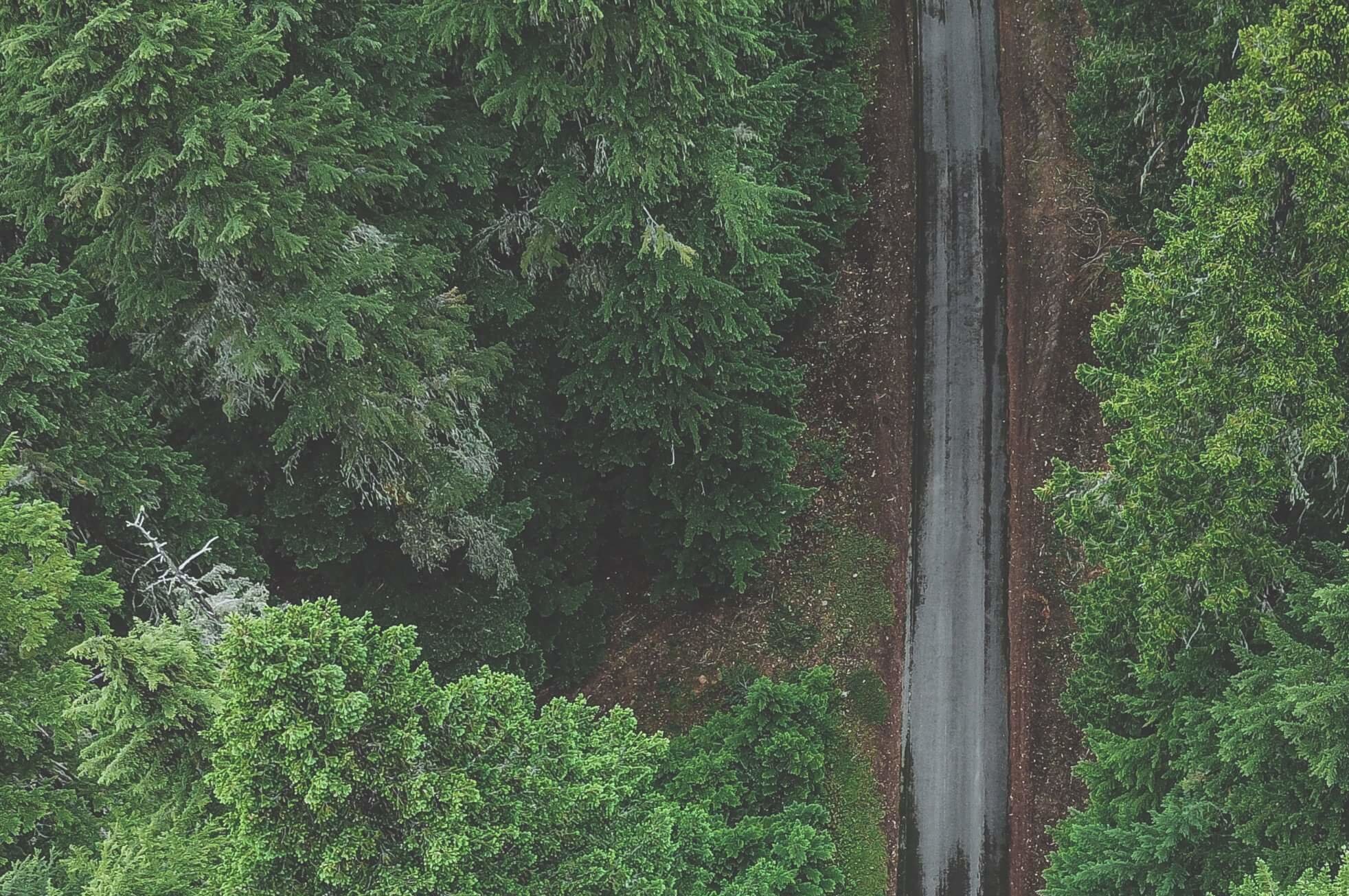When I interview prospective job candidates I am often asked, “How did you end up at COMPASS?” I love this question. If one of my colleagues is conducting the interview with me, they’ll smirk knowing I’m sitting up in my chair ready to unload anecdotes and inspirations in response. Everyone on our team has very different stories, but they share the same beginning and the same end. They start with “well, I thought I wanted to be a scientist….” And end with, “…and then I found COMPASS.”
For me, well, I thought I wanted to be a scientist. During my studies, I gravitated toward ecology; I’m a sucker for connections and systems. But the more I learned about ecological science, the more I found myself asking “so what?” (this has become one of our favorite questions here at COMPASS). What does this information mean in the wider world? Who uses it? It seems like it should inform some choices we’re making as a society – but does it?
Like many others, I went on to work in environmental policy assuming that this must be where the science connections happened. But, when I was immersed in policy, I felt pulled back to science and vice versa. So I found myself bouncing back and forth: from the Environmental Protection Agency (EPA) to consulting firm Booz Allen and Hamilton in Washington DC to Oregon State University, to the Marine Conservation Biology Institute back in Washington DC, and then to PISCO (the Partnership for Interdisciplinary Studies of Costal Oceans – yup, back at Oregon State University)…then I found COMPASS.
While the specific stops on my professional journey are unique to me, we’ve all had a journey of some sort. Our small team’s collective professional journey include stops at the House Science Committee, the Senate Commerce Committee, journalism in print, radio and television, National Parks, Science magazine, the Vancouver Aquarium, academic research labs, consulting firms, NGOs, National Geographic, and in positions leading natural history ecotours around the world and working as an observer on commercial fishing boats…eventually, we all found COMPASS.
We are a boundary organization, made up of boundary individuals – we sit in the middle of the science, policy and media worlds. We work to connect people and ideas across these boundaries, and even within these boundaries. We are effective because we have actually been citizens of the communities we’re connecting. We understand the content and appreciate the cultures of these circles and are connected to their leaders. We can scan the entire landscape for individuals and ideas, creating tangible places and events for connections to form. We aspire to be generous and put connectors and connections before ourselves, thinking big, but ultimately planning and executing with precision and detail.
As I answer in the interviews, there is no one path to COMPASS. The diversity of paths in and out of the science, policy, and media cultures – coupled with an intuitive ability to bridge the boundaries – is what COMPASS is all about. We all started with a passion for science, journeyed through other experiences (including becoming scientists), and ended up at COMPASS where we can follow our passion for the role science can play when connected well and communicated honestly.
We’re launching this blog to share a window into our world – a look under the hood of our science communications vehicle. Come back here to read and watch what we have to say about how we’ve shaped – and how we are evolving – this boundary space. And, to hear from people we’re ferrying across these boundaries. We look forward to sharing what we’ve learned, hearing what you think, and making new connections with you.



